The most prestigious flagpole in Duluth. Or perhaps anywhere.
A few weeks ago a postcard of the Soldiers and Sailors Monument appeared on Perfect Duluth Day that included the text “by the noted sculptor Paul W. Bartlett of Paris.” That didn’t seem like a particularly French name to me so I decided to see if he was actually a noted sculptor and actually from Paris. Both counts proved accurate.
Bartlett was from Connecticut, but grew up in France and spent a considerable amount of time in Paris. But Bartlett only designed the statue in front of the monument. The architect Cass Gilbert designed the base that supports the flagpole. And both of these people gained considerable attention during their respective careers. Their most prominent works are within a few minutes walk of each other in Washington D.C. And when I learned this, I was attending a conference in Washington D.C., so I paid a visit to those works.
Paul W. Bartlett was born in 1865 and moved to France when he was nine. After attending a prominent arts school in Paris, he gained some renown for his work in sculpting animals. He later maintained sculpture studios in Paris, New York and Washington D.C. His most famous work is the pediment on the east front portico of the U.S. capitol building.
In addition to the pediment on the U.S. Capitol building, his sculpting work is located in prominent places throughout the world, including in the Metropolitan Museum of Art in New York, along the Seine River near the Grand Palace in Paris, and in the Library of Congress in Washington D.C.
In the Library of Congress, Bartlett sculpted two of the 16 bronze statues in the Great Reading Room. The 16 statutes depict eight categories of human achievement, with Library of Congress librarian Ainsworth Spofford selecting which two people would best represent each category. Ainsworth, making his selection in the late 19th century, went with white men for both slots in every category. Bartlett was commissioned to sculpt Christopher Columbus for his accomplishments in commerce (I suppose colonialism did make some people very rich) and Michelangelo for his contributions to art.
The base of the flagpole, the monument itself, was designed by the architect Cass Gilbert, who grew up in St. Paul. He came to national prominence with his design of the Minnesota state capitol building. His inspiration for the capitol design was the recently finished Library of Congress building in Washington D.C. The acclaim for the Minnesota State Capitol led to commissions for the U.S. customs house in Washington D.C., the Woolworth Building in New York (the tallest building in the world from 1913 to 1930), and his final large project, which also became the one for which he is now best known, the U.S. Supreme Court building. That connection makes Duluth’s Civic Center all the more fitting of a place to protest Supreme Court decisions.
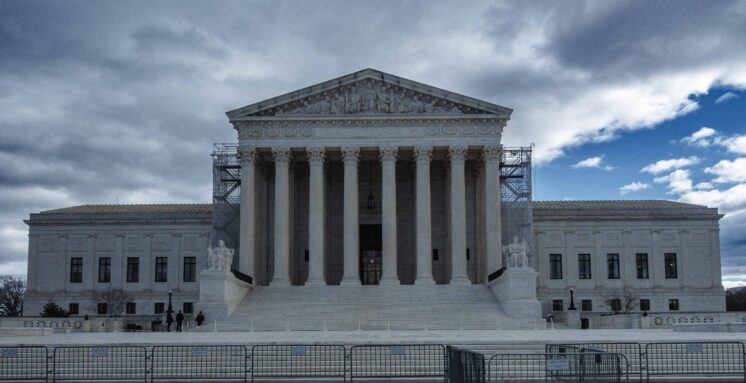
The U.S. Supreme Court building, designed by the same architect as the Soldiers and Sailors Monument. (Photo by Matthew James)
The Soldiers and Sailors Monument in Duluth was not an early project in the careers of both men. Dedicated on Memorial Day 1919, the project was completed six years before the death of Bartlett in Paris in 1925 and six years after Gilbert finished one of his most significant commissions, the Woolworth Building in New York.
Which raises the question of how the city of Duluth managed to commission two very notable people for one rather small local monument.
In a post on the monument, the historian Chris Gehrz gives an explanation that involves two equally important elements: where it is and when it was built.
For the where, the monument is located directly in from of the St. Louis County Courthouse, a building designed by the same person who planned the original layout of the Civic Center complex: Daniel Burnham, the leading figure of the City Beautiful movement of the 1890s. The movement advocated for monumental grandeur in cities in order to promote moral and civic virtue in its citizens. As the St. Louis County Courthouse had a prominent name behind it, someone clearly thought the monument in front of it should as well.
The time is as interesting as the place. While it is dedicated to Minnesota’s sacrifices during the Civil War, it reflects the mood of the country at the end of World War I. While Europe lay in ruins with no one quite sure what was gained, the United States exited the war both victorious and undamaged. Prior to World War I, war monuments really weren’t a standard part of U.S. culture, as they didn’t seem fitting for a republic that rejected monarchy and the military pomp that went with it. The victory in World War I changed that. World War I monuments went up around the country and other war monuments followed, including Duluth’s Civil War monument just a year after the end of World War I.
The mood of patriotic fervor is not something that needs to be inferred from the design of the monument. It is quite explicit. The final two lines of the Star Spangled Banner are wrapped around the base of the flagpole. And the importance of patriotism is directly stated in the words below Bartlett’s statue: “Patriotism Guards the Flag.”
The fountain in front of the monument was installed in the late 1960s. The monument itself is listed on the national register of historic places and was restored in 2016, so it should continue to steadfastly stand guard even as the flags on the pole continue to change.
Recommended Links:
Leave a Comment
Only registered members can post a comment , Login / Register Here





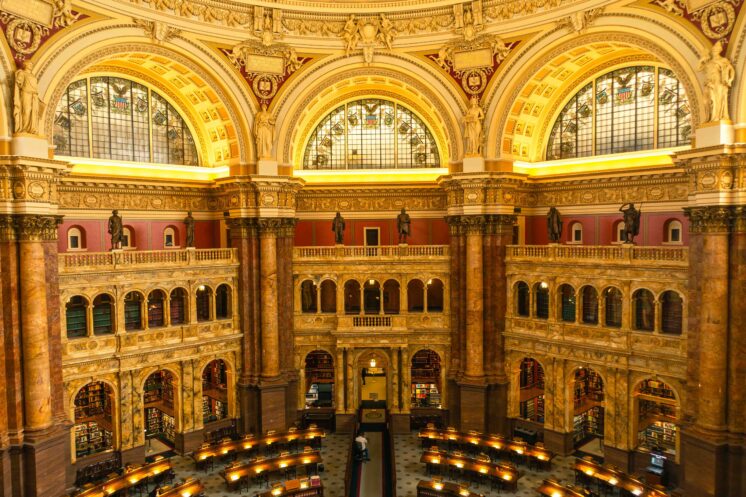
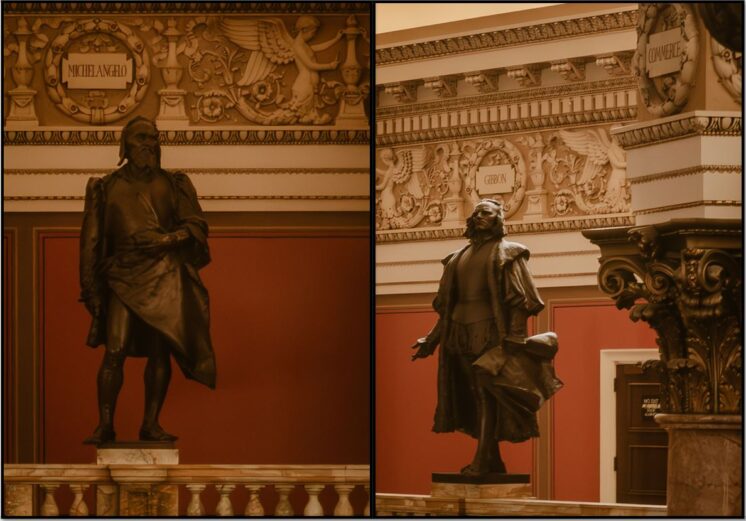
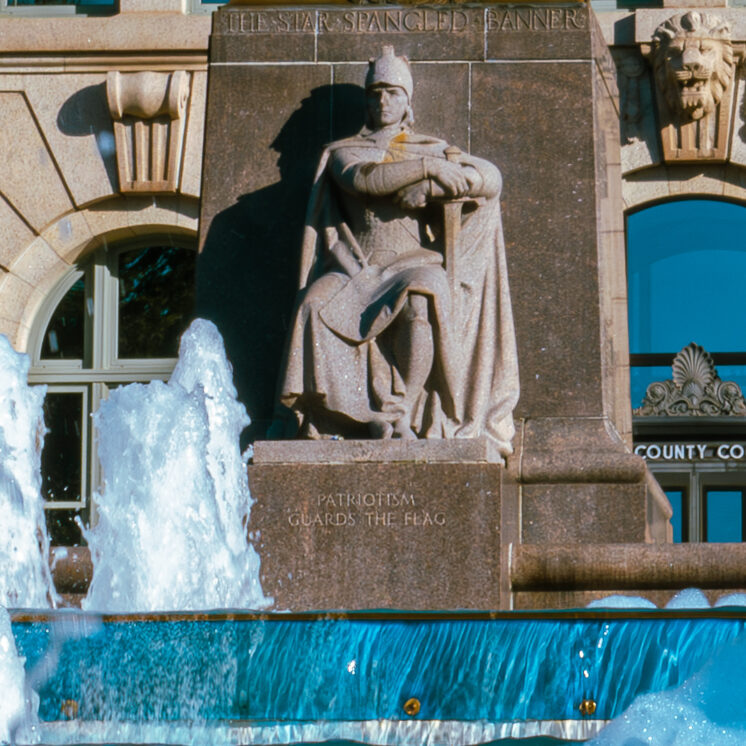
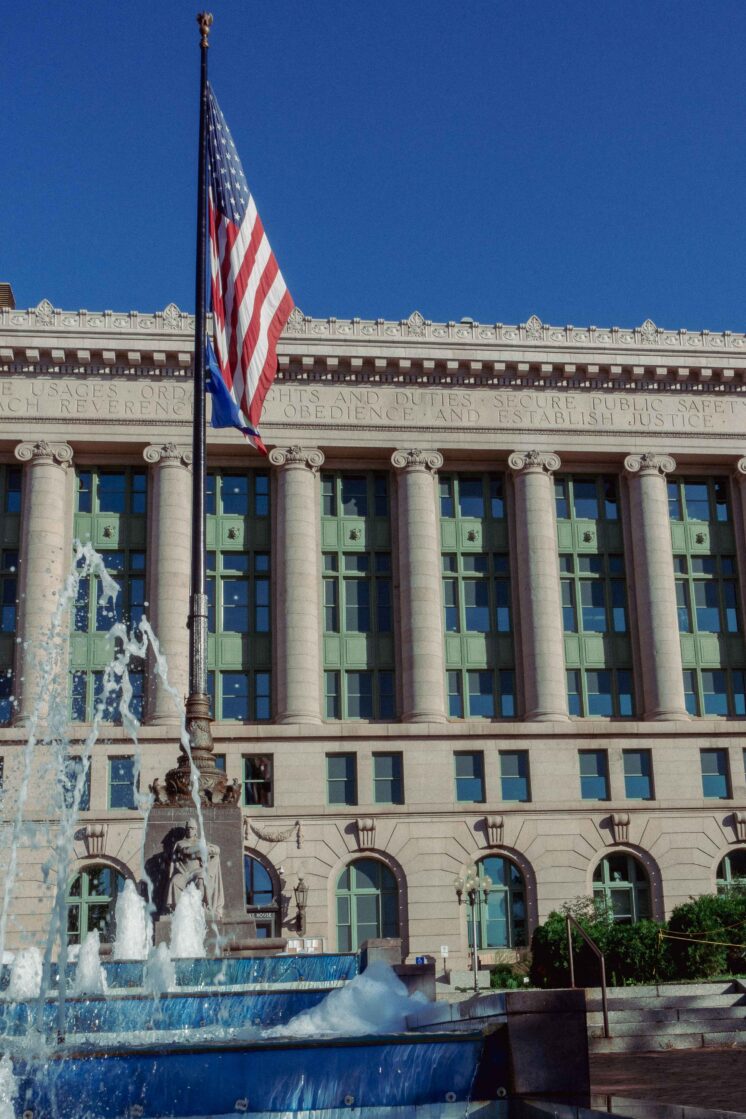

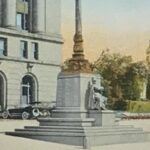
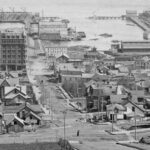
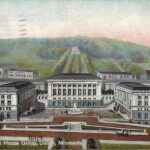








1 Comment
[email protected]
about 11 months ago